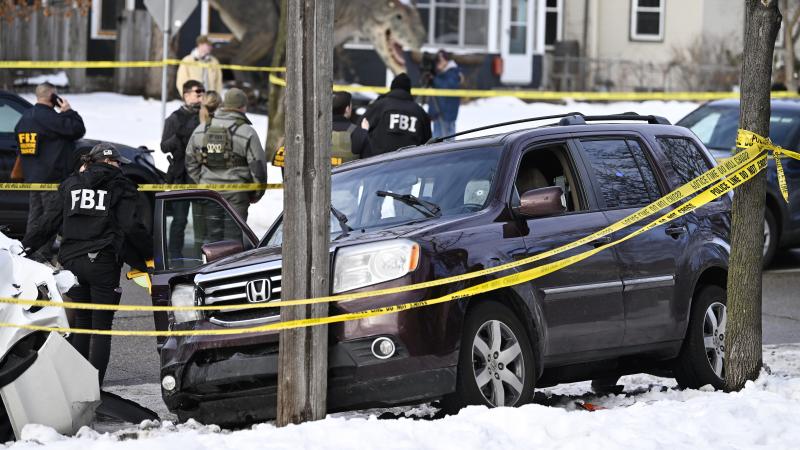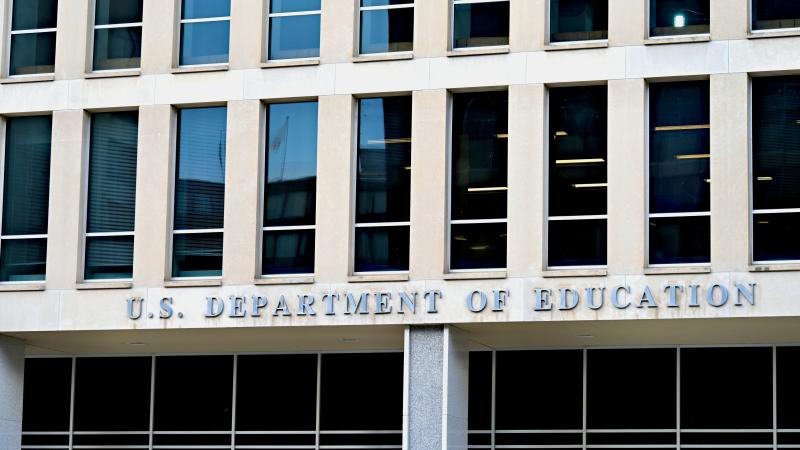Hot Mess: 16 children died in scorching cars in 2023 even though tech exists to prevent such tragedy
Janette Fennell, founder and president of Kids and Car Safety, says automakers shouldn't wait for a final federal regulation to be issued and add "occupant detection technology to their vehicles today”
The 16th child in the U.S. has died in a hot car this year and “technology exists” to prevent such deaths in new vehicles but it has not been fully implemented, according to the organization Kids and Car Safety.
The latest tragedy was the death of a 3-month-old boy left inside a vehicle in Houston, Texas this week. Meteorologists recorded high temperatures for the week ranged between 93 and 94 degrees (F). An interactive calculator based on Stanford University School of Medicine studies show that in 94 degree weather, the interior of a car can reach 128 degrees in as little as a half hour. The latest incident was the third infant death in a car this year in Texas alone.
Kids and Car Safety estimates that “more than 1,050 children have died in hot cars nationwide since 1990 and at least another 7,300 survived with varying types and severities of injuries.” The organization’s data shows that “approximately 87% of children who die in hot cars are age 3 or younger and the majority (56%) were unknowingly left by an otherwise loving, responsible parent or caregiver.”
In November 2021, Congress passed the Infrastructure Investment and Jobs Act, which contains a requirement that the National Highway Traffic Safety Administration issue a regulation before November 2023 for occupant detection technology in all new cars that would provide an "audio and visual reminder alert to check the back seat" as a way to prevent hot car deaths.
Janette Fennell, founder and president of Kids and Car Safety, said that automakers don’t have to “wait for the final regulation to be issued requiring technology; they can add occupant detection technology to their vehicles today.”
The organization encourages parents and caregivers to look in the backseat before locking the vehicle and “place the child’s diaper bag or item in the front passenger seat as a visual cue that the child is with you.”
Other tips the group has shared include asking the childcare provider to “call you right away if your child hasn’t arrived as scheduled” and clearly announcing who is getting each child out of the vehicle for verbal confirmation, given that “miscommunication can lead to thinking someone else removed the child.”
Automakers like Tesla allow drivers the option to keep the air condition on in the vehicle so it maintains a normal temperature.
Just the News asked Kids and Car Safety if that kind of system is something they would like to see implemented by all automakers.
“Kids and Car Safety is not supportive of systems that simply keep the vehicle's AC running, like what Tesla has and calls ‘dog mode.’ There are several reasons for this. First, heat is only one of many dangers children face when alone in vehicles and allowing children to stay in vehicles alone increases other risks like power window strangulation, getting out and being run over because a driver could not see them, taking the car for a spin, choking on an object in the vehicle, knocking the car into gear, the vehicle being stolen, etc.,” said a spokesperson for the organization.
“We do not believe a system like this is a comprehensive approach. What we are pushing for instead is occupant detection and alert systems that can actually detect a living, breathing child inside the vehicle and alert the driver, bystanders, emergency contacts or even authorities,” the spokesperson added.
The organization has joined members of Congress to push the NHTSA to issue the occupant detection technology ruling on time, as required by the infrastructure law.
“Absent-mindedness is not a crime, but the systemic failure to protect children is reprehensible. Seatbelts, air bags, better construction of cars have already saved countless lives and this simple step – a detection sensor – will in fact save lives,” said Sen. Richard Blumenthal (D-Conn.). “The success that we’ve had in the Infrastructure Investment and Jobs Act is a major accomplishment, but the U.S. Department of Transportation is lagging in promulgating this rule. We can and must do more.”













